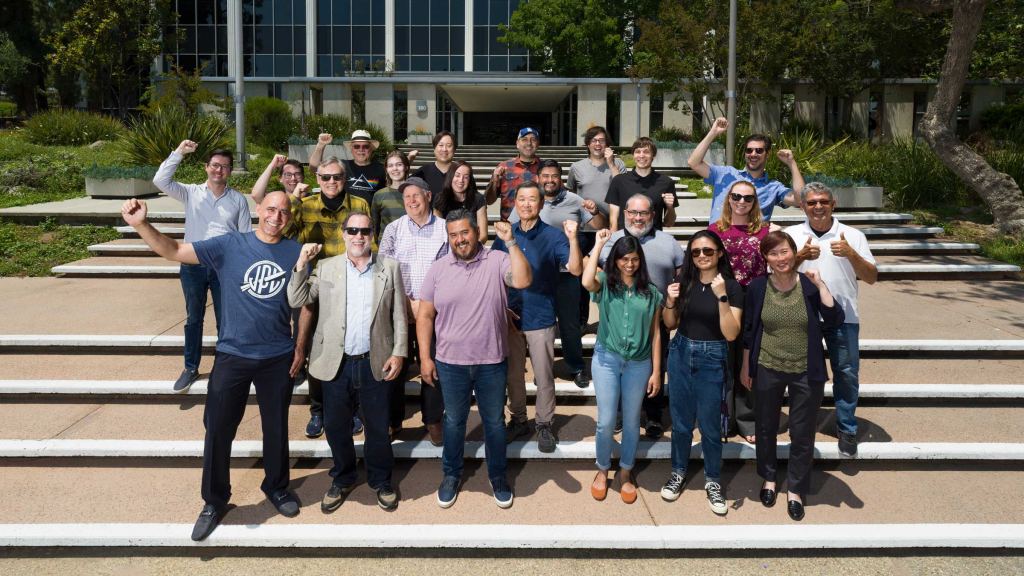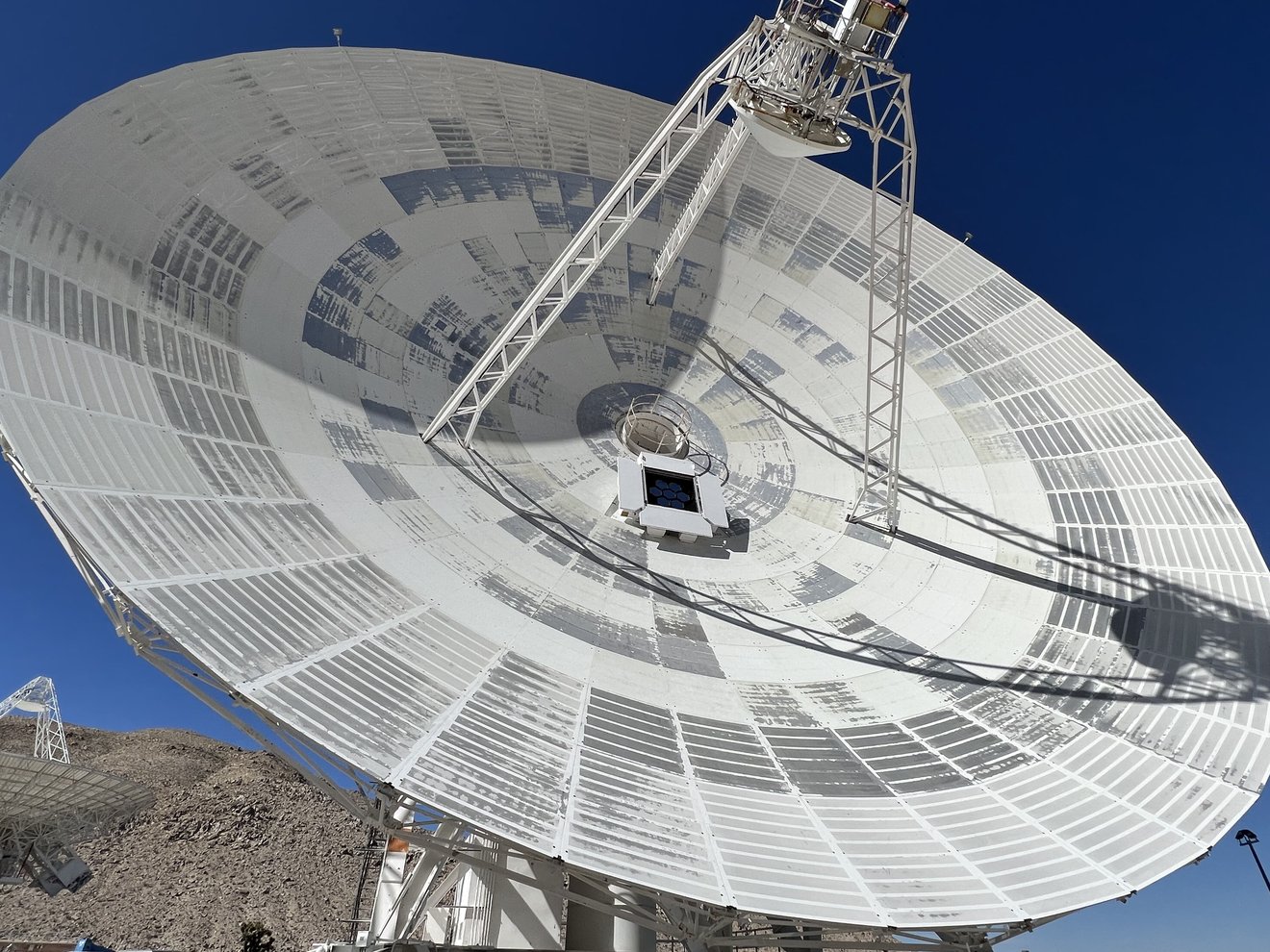Beamed communication in space is almost exclusively tracked by one network – NASA’s Deep Space Network (DSN) is used to communicate with nearly every spacecraft that has made its way past the Moon. Until recently, that has meant exclusively using radio communication, which can be extremely slow compared to other forms. But a recent test shows that, with some modification, DSN’s telescopes can communicate using a much more modern type of technology – space lasers.
To the chagrin of Star Wars fans everywhere, space lasers are not yet ubiquitous. But one application in particular has been paving the way for them to become more widely accepted – being used as a communication system. Psyche, NASA’s probe currently on its way to visit its namesake in the main asteroid belt, is equipped with the Deep Space Optical Communications (DSOC) experiment – in other words, it has a space laser.
After it launched in October 2023, Psyche began communicating with its ground link at Palomar Observatory. But another interlocutor was eavesdropping on the pair’s laser communication.
Credit – Scott Manley YouTube Channel
A DSN dish at the Goldstone Deep Space Communications Complex was retrofitted with an optical communication array to become a “hybrid” antenna that can communicate using both radio and optical (i.e., laser) frequencies. And it locked onto Psyche’s test DSOC signal within a month of the spacecraft’s launch.
After establishing the link, it downloaded data from the DSOC link at an astonishing 15.63 megabits per second, or around 40 times faster than the antenna would have received data if only using its standard radio transceiver. It even downloaded a high-resolution picture of the Psyche team at JPL that they had uploaded to the probe before sending it on its way.
To track a relatively faint laser signal from such a far distance, the hybrid antenna had to use some new technical tricks, including a series of ultra-precise mirrors and cryogenically cooled single-photon detectors made out of nanowire material. The setup mirrored the one specifically designed for the DSOC experimental at Palomar, and it worked exactly as expected.

Credit – NASA / JPL-Caltech
It also served as a precursor for more grandiose plans. Engineers plan to scale up the system to a 64-segment mirror reflector rather than the seven segments in the current iteration. DSOC itself is setting communication speed records for being so far away from Earth. It will continue to do so as it continues past the orbit of Mars on its way to its target asteroid.
DSN already has 14 operational antennae scattered on three continents, and retrofitting these reflectors on them is relatively trivial compared to setting up an entirely new dish network. Doing so might eliminate some of the bottlenecking problems we previously noted had been beginning to affect DSN’s problem. For example, the antennas could continue to use radio frequency signals for relatively low data rate tasks, such as telemetry monitoring, while relying on retrofitted optical communication systems for more data-intensive work, such as sending back video or high-resolution images.
So far, the DSN’s plans for retrofitting, or even generally updating, are still in the early stages. But this proof of concept demonstration proves that the system of dishes isn’t dead yet, even if it is planned to be blasted by space lasers.
Learn More:
NASA – NASA’s New Experimental Antenna Tracks Deep Space Laser
UT – We’re Entering a New Age When Spacecraft Communicate With Lasers
UT – NASA Tightbeams a Cat Video From 31 Million Kilometers Away
UT – NASA Uses Powerful Transmitters to Talk to Deep Space Spacecraft. Will Other Civilizations Receive Those Signals?
Lead Image:
Deep Space Station 13 with retrofitted optical reflector in the middle.
Credit – NASA / JPL-Caltech

